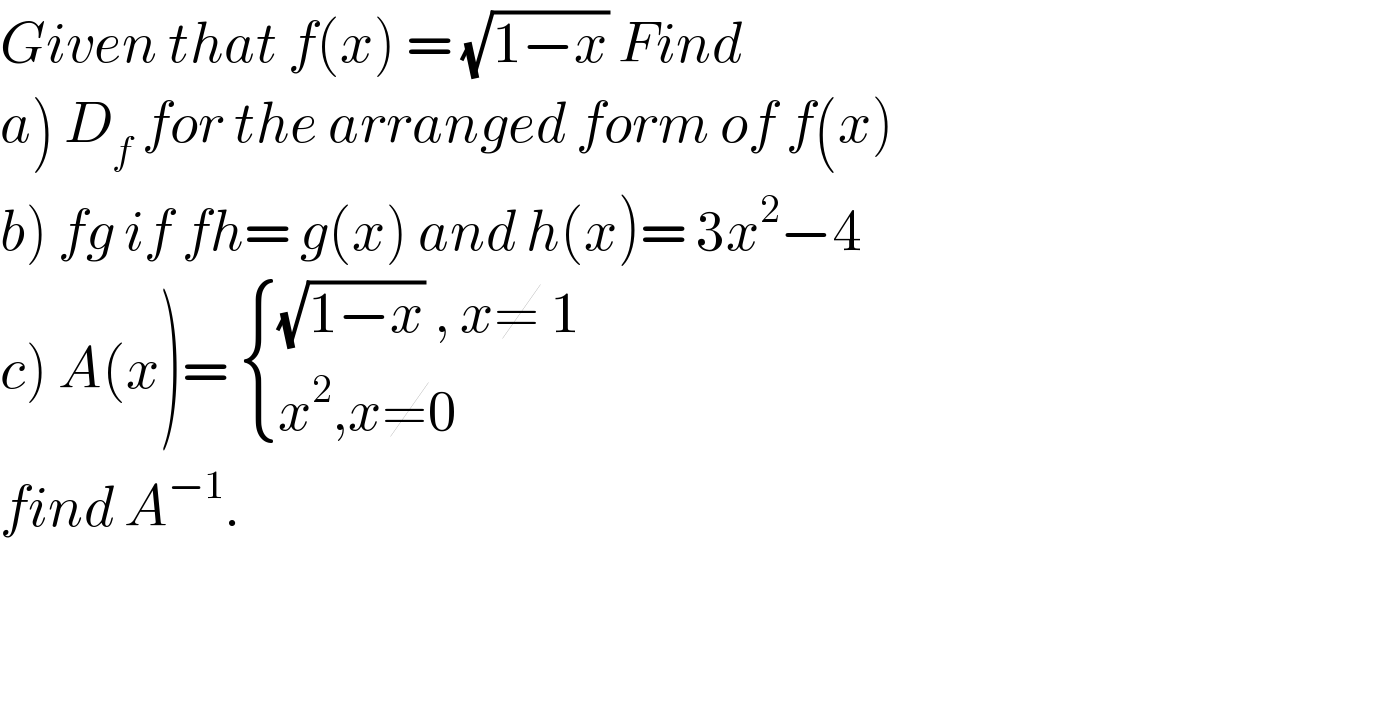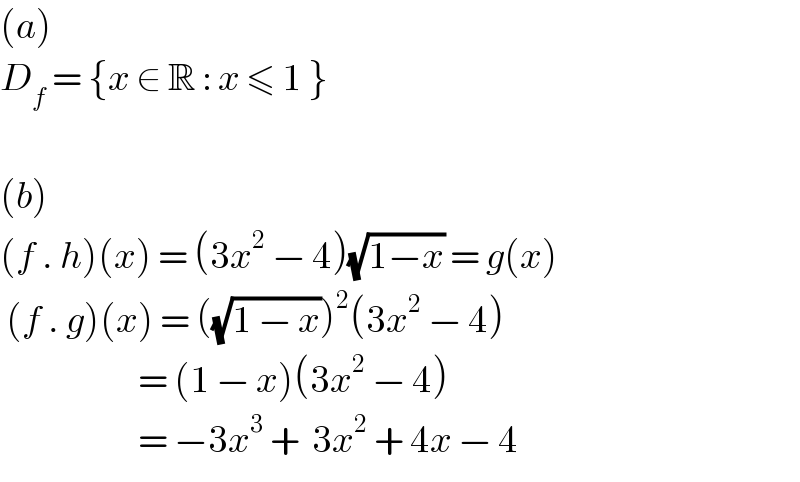
Question and Answers Forum
Question Number 42730 by Rio Michael last updated on 01/Sep/18

Commented by Joel578 last updated on 03/Sep/18

Answered by Joel578 last updated on 02/Sep/18

| ||
Question and Answers Forum | ||
Question Number 42730 by Rio Michael last updated on 01/Sep/18 | ||
 | ||
Commented by Joel578 last updated on 03/Sep/18 | ||
 | ||
Answered by Joel578 last updated on 02/Sep/18 | ||
 | ||
| ||